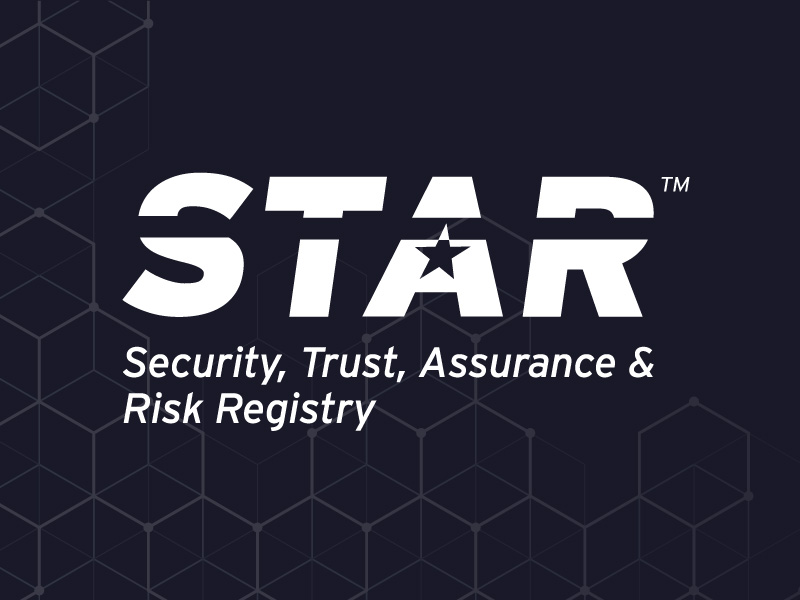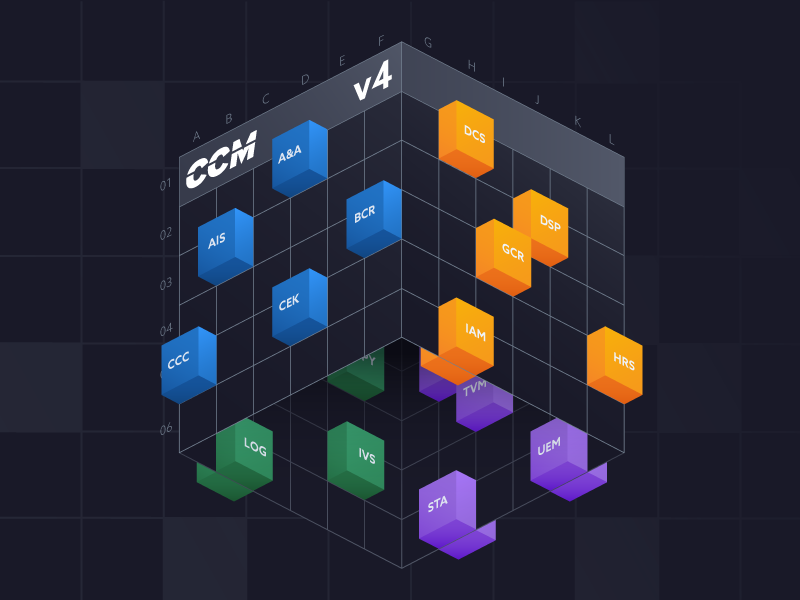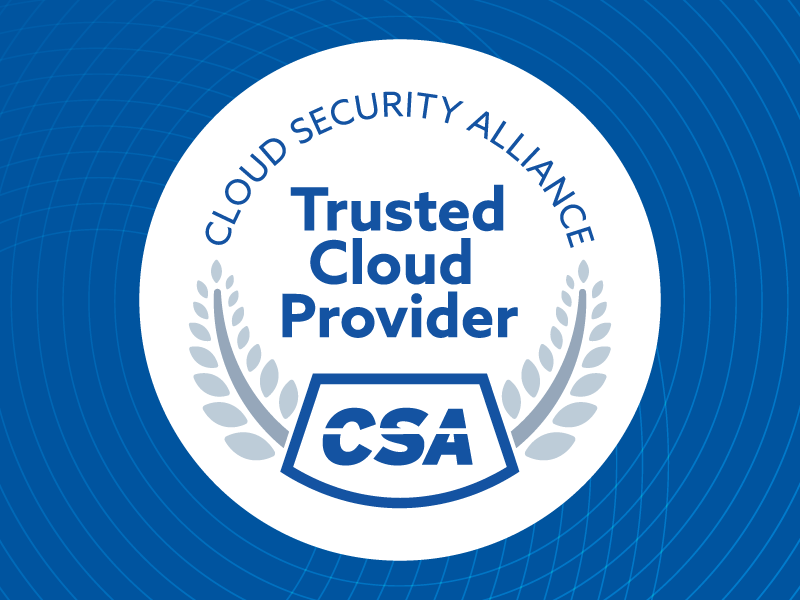6 Key Steps to ISO 42001 Certification Explained
Published 07/07/2025
Originally published by Vanta.
With more businesses using AI models in their products or services, the inherent AI risks have made it challenging to maintain customer trust. However, according to The State of Trust Report for 2024, only 37% of organizations conduct (or are in the process of conducting) regular AI risk assessments.
ISO/IEC 42001 is the world’s first certifiable artificial intelligence management system (AIMS) standard that aims to reduce the uncertainty and risk surrounding the rapid increase of AI and AI systems in businesses. If you’re considering the implementation of AI—or have already done so—complying with the standard is an excellent way to provide stakeholder-level assurance to AI-enabled systems.
Still, becoming ISO 42001-certified can be a considerable challenge since it’s a relatively new standard with a unique set of expectations. It’s best to have guidance while you navigate its relevant audit and documentation procedures.
This guide breaks down the ISO 42001 certification process into actionable steps. You’ll learn:
- Why you should get an ISO 42001 certification
- Who needs to comply with the standard
- What the certification process looks like
Why should you get an ISO 42001 certificate?
ISO 42001 is a robust AIMS standard that strives to ensure responsible and ethical use of AI systems. The goal is to have a globally accepted assurance framework in the AI space to regulate aspects such as AI safety, reliability, and fairness. It brings governance to both the development and deployment of AI, providing a structured setup for innovation.
Here are five of the most noticeable benefits of obtaining an ISO 42001 certificate:
- AI governance: ISO 42001 describes how AI governance should be implemented across business functions, offering granular guidance for ensuring effective governance.
- Improved customer trust: There is considerable skepticism around AI, such as misinformation and bias, which can cause stakeholders to have accountability issues. An ISO 42001 certification serves as proof of your commitment to responsible AI use, making it easier to build customer trust.
- Practical risk management guidance: Managing AI risk is challenging due to the ever-changing nature of this technology and its implementation. ISO 42001 helps you develop a robust risk management program that protects your organizations from inherent AI threats and uncertainties.
- Competitive advantage: While many organizations leverage AI, not all will do so according to industry-standard practices. Becoming ISO 42001-certified gives you a competitive advantage over non-certified entities, which helps you access more growth opportunities.
- A holistic approach to compliance: If you’ve implemented other standards like ISO 27001 or the NIST AI RMF, you can integrate ISO 42001 with them to develop a streamlined security and compliance program that covers AI risks.
Who needs to comply with ISO 42001?
While ISO 42001 is a voluntary standard, any organization implementing AI systems in any capacity should consider getting certified. There will be no legal issues if you don’t follow the standard, but you might miss out on the benefits of adopting the standard’s principles.
As a universally applicable standard, ISO 42001 is agnostic to an organization’s size or industry. The standard currently comprises 10 clauses that provide guidelines and requirements for different aspects of AI management. These guidelines are helpful for organizations developing, implementing, scaling, or offering AI as a part of their product or service.
Even if you only use AI in specific business functions, you can benefit from ensuring safe and responsible use within the context of your organization in an organized and continuous manner. Besides, it’s only a matter of time before we get enforceable AI frameworks, so obtaining an ISO 42001 certificate would be a proactive step.
6 steps to successful ISO 42001 certification
If you wish to pursue ISO 42001 certification, you can use the following steps as your baseline:
- Get the relevant parties on board
- Perform a risk assessment and gap analysis
- Work on policies, objectives, and controls
- Set up effective monitoring and documentation procedures
- Prepare for the external audit
- Establish post-certification maintenance processes
Below, we’ll outline the main action items related to each step.
Step 1: Get the relevant parties on board
ISO 42001 certification is an elaborate process, so you should first get buy-in from the relevant internal stakeholders to ensure approval for the required resources and workflows. This goes for the key people at all organizational levels, including legal and IT heads, as ISO 42001 control implementation will need multiple departments to collaborate.
According to ISO 42001 Clause 5, top management is at the center of effective AIMS implementation. C-level executives are especially responsible for ensuring an organization’s AI procedures and policies are aligned with its strategic goals, so their buy-in is crucial.
Another key professional to have is a designated ISO 42001 compliance owner. You can appoint an individual or a team to carry out the oversight function and develop policies and clear communication channels necessary for efficient certification.
Step 2: Perform a risk assessment and gap analysis
ISO 42001 requires organizations to perform a comprehensive risk assessment and outline the risk mitigation strategy for the AIMS framework. The assessment must include the key AI risk categories, such as:
- Ethical implications of AI
- Data security and integrity risks
- Algorithmic transparency
If you have already implemented AI and developed the related practices, perform a gap analysis to see how they compare to the requirements of ISO 42001. Doing so allows you to draw a progressive compliance roadmap that will clarify the action items for your teams to ensure certification.
A potential issue here is that risk assessments and gap analyses require comprehensive evidence collection, which can be time-consuming if done manually. Ideally, you should replace disparate evidence collection and monitoring procedures with a dedicated automation-enabled software solution, regardless of what certification or regulation you’re pursuing.
Step 3: Work on policies, objectives, and controls
This will be the most critical stage of your ISO 42001 compliance process because it involves the development of your AIMS according to the principles and guidelines of ISO 42001.
For your AIMS to align with the standard’s requirements, you must develop solid policies, objectives, and controls, such as:
- Defined AI policy and data management processes
- Data protection and governance
- Ethical AI implementation
- Accountability and oversight policies
As AI technology keeps evolving, you’ll also have to modify your procedures and policies. To ensure iterative efficiency, you should implement the plan-do-check-act (PDCA) system. This model encourages improvement through the four stages described by the acronym, helping your organization build a culture of continuous compliance.
Step 4: Set up effective monitoring and documentation procedures
Once your AIMS is developed, you must monitor it regularly and document relevant data, including:
- Risk management processes
- AI design and testing workflows
- Data governance
- Incident logs
Effective continuous monitoring ensures your AIMS doesn’t deviate from the ISO 42001 requirements at any point and maintains the assurance standards for your stakeholders.
Similar to evidence collection, continuous monitoring and documentation are resource-intensive and should ideally be done with the help of automation tools. Prioritize having centralized software that replaces disparate documentation systems and reduces the risk of ineffective performance tracking and missed data.
Once the relevant monitoring and documentation procedures are in place, you’ll benefit from conducting an internal audit. It should ideally be conducted by someone independent from the ISO 42001 implementation process. The auditor/audit team can be internal—or you can hire a third-party for the job. The goal is to be prepared and remediate any potential gaps before the external audit.
Step 5: Prepare for the external audit
Before you obtain an ISO 42001 certificate, you’ll need to undergo an external audit that verifies your controls are aligned with the corresponding ISO 42001 clauses. The audit is typically performed by an authorized ISO 42001 certification body that examines how well you’re managing your AIMS within the scope of the standard.
Your external auditor can also be invaluable in providing guidance throughout the certification process. If you don’t have a mature compliance program or considerable experience with AI standards, finding a reputable certification body within the niche can be particularly beneficial.
Once you select a certification body and schedule an external audit, make sure to perform a quick internal compliance audit before the scheduled date. The goal is to ensure readiness and make the external validation process more efficient.
Step 6: Establish post-certification maintenance processes
After obtaining an ISO 42001 certificate, you should maintain compliance on an ongoing basis to keep your AIMS updated and aligned with industry-standard practices. Among other activities, you’ll need to perform regular internal audits, as mandated by ISO 42001 Clause 5.16.
Post-certification ISO 42001 audits should be performed at least annually and encompass most controls and policies you put into place as part of the initial certification. The results of the audit should be used to inform the future steps that will ensure the continuous improvement of your AIMS.
Due to the rapid changes in the specifics of AI systems, ISO 42001 requires your organization to stay updated on all the factors that can impact your AIMS, such as:
- Regulatory changes
- Technological advancements
- Emerging threats and risks
This brings us back to the importance of ongoing monitoring in reducing the risk of your AIMS becoming outdated. It’s one of the many processes you’ll need to set up to maintain ISO 42001 certification.
Unlock Cloud Security Insights
Subscribe to our newsletter for the latest expert trends and updates
Related Articles:
AAGATE: A NIST AI RMF-Aligned Governance Platform for Agentic AI
Published: 12/22/2025
Is Cloud-Native Key Management Right for You?
Published: 12/19/2025
Agentic AI Security: New Dynamics, Trusted Foundations
Published: 12/18/2025





.png)
.jpeg)
.jpeg)
.jpeg)
.jpeg)